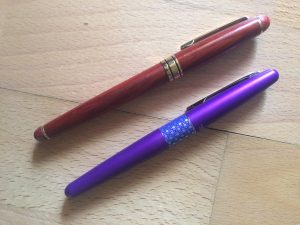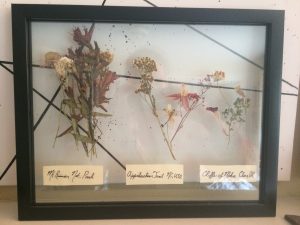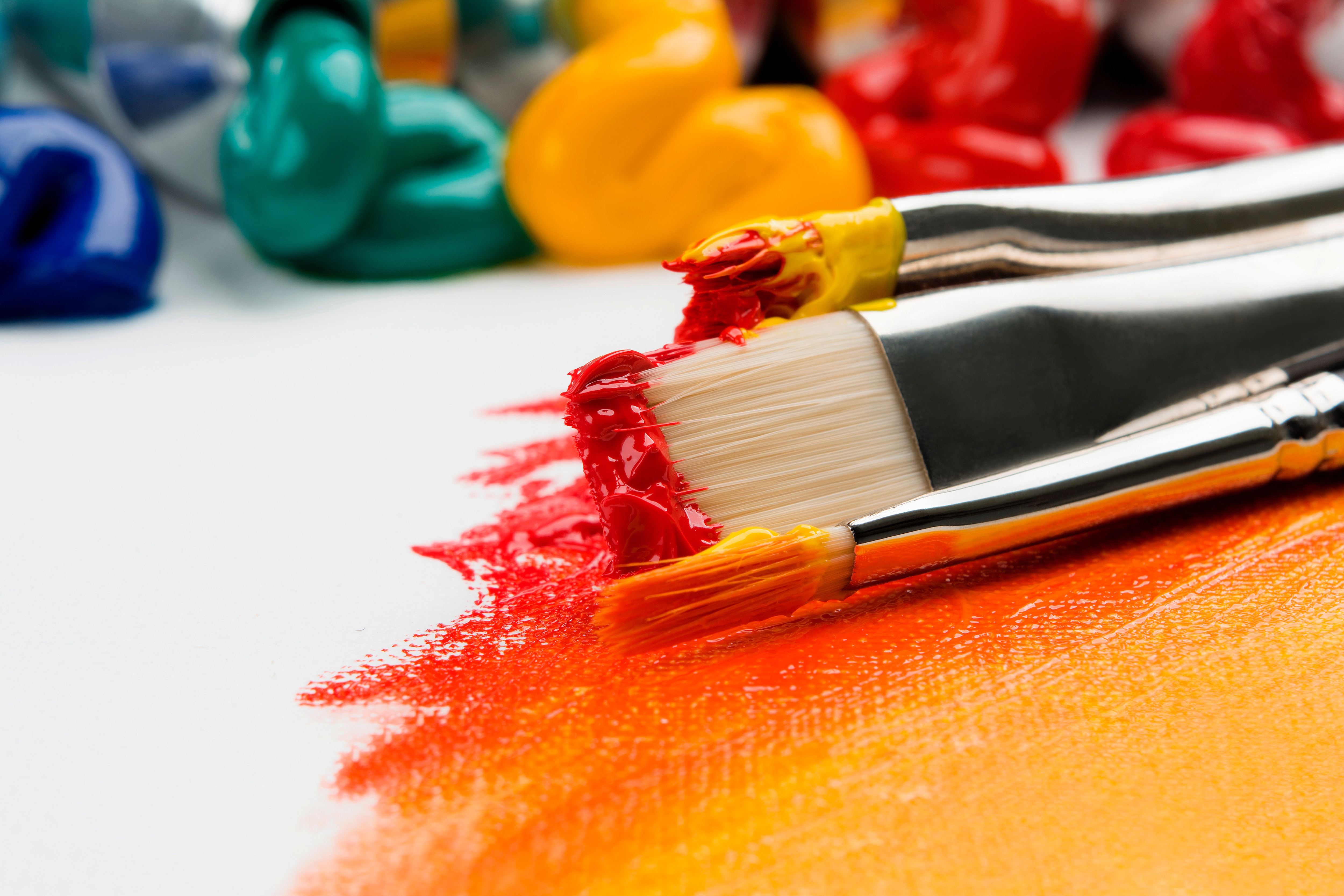The phrase “Eco-friendly artists” is a bit of an oxymoron. Your half empty cans of paint, discarded drafts, globs of hot glue, and tiny scraps of fabric will most likely end up in landfills.
Don’t worry; I’m not suggesting any of the artistically inclined cast off their paint brushes and effigies of Bob Ross. Reducing your waste is a worthy goal, but expression and creativity are essential to the human experience. Lucky for you, my zero waste lifestyle has revealed a few tricks of the eco-friendly artist trade to save you the time and the trash.
Use what you have
Growing up, the kids with the new, freshly sharpened crayons neatly organized by color were the cool ones. But let’s face it: as adults, so long as the color gets on the paper, who cares how “pretty” your tool looks? It’s easy for art shops (or even the school supplies aisle at Walmart) to woo us into buying a new notepad or markers. Stay strong. Use that perfectly good (if gnarly looking) set of pastels or paints and keep arting!
Buy supplies second hand
The second hand market is not only more sustainable, but it saves you a ton of money on supplies. Some cities, including my hometown and Seattle, have whole shops dedicated to second hand art supplies. If that’s not the case where you live, check out apps like LetGo or Facebook Marketplace.
Don’t hoard
Talk to teachers
Not just art teachers (in my experience they’re more likely to hold onto their supplies and their secrets of good places to get second hand stuff). Teachers are often expected to include creative activities in their curriculum AND use their own paycheck to fund them. They’re great for getting the inside scoop on cheap used art supplies.

Use more sustainable materials
- Fountain pens: Drafting with less-wasteful materials like fountain pens prevent all that disposable pen plastic from ending up in a landfill.
- Recycled paper: Not all recycled paper is created equal. Look for 100% post-consumer content if you can.
- Organic materials: You can take this to the extreme by using cooking or baking to get your creative juices flowing, or just opt for wooden beads over plastic ones. Hemp, organic cotton, pressed flowers…I’m just brainstorming here, but the possibilities seem endless.

Some things I haven’t tried but want to:
- Make your own supplies: Making your own paste, dyes, charcoal, or other items is less wasteful and you’ll have a greater appreciation for the materials you’re using.
- Go digital: Pressing “undo” is far less wasteful than scrapping a whole project because of one mistake.
- Use found objects: Like that scene in American Beauty, inspiration can be found even in the most unlikely places.
